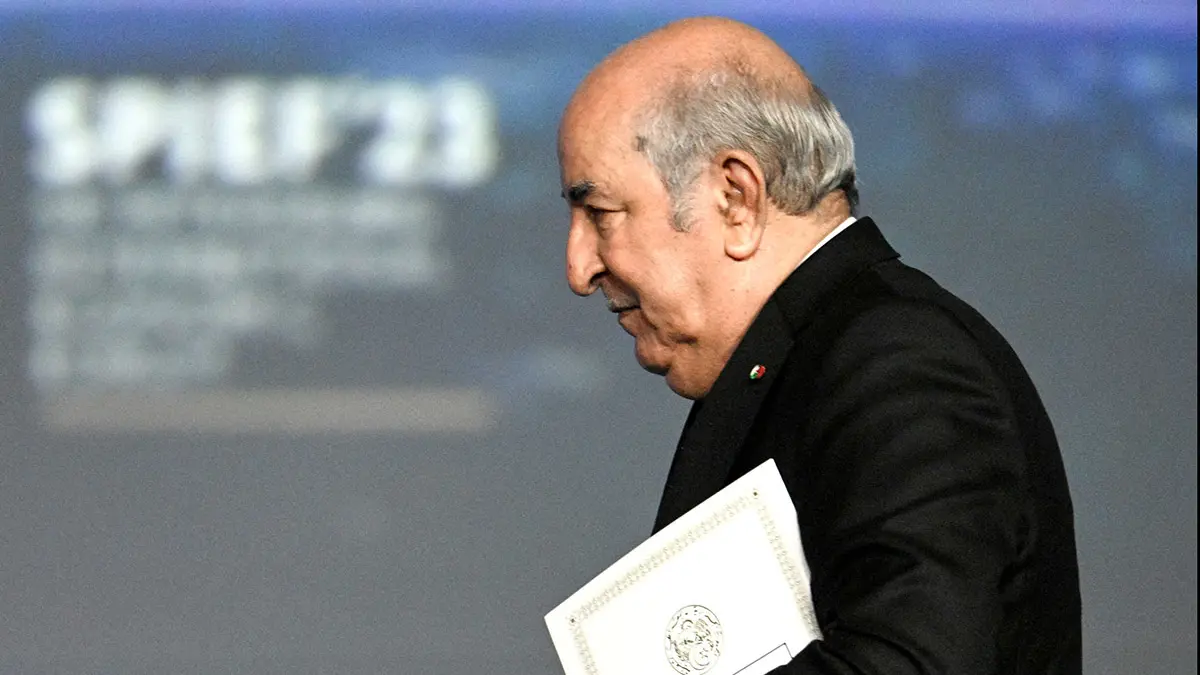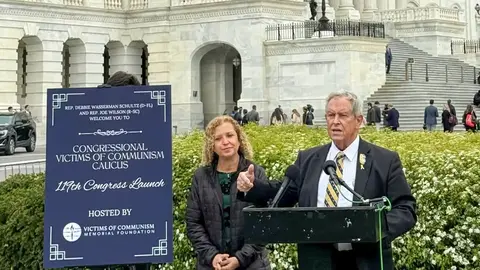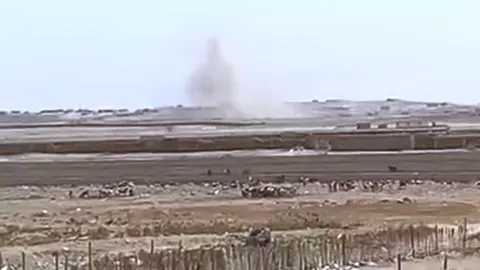Algeria, 63 years later: independence within the Maghreb framework or a break with its roots?

- Abane Ramdane: genesis of betrayal
- Boumédiène and the doctrine of encirclement
- Moroccan legitimacy over the Sahara, Ifni and Tarfaya
- The truth about Amgala and the expulsions of Moroccans
- Fifty years later: time stands still in Algeria
- Epilogue: the thorn in the side
In 1954, Algeria's National Liberation Front (FLN) announced, in its Manifesto of 1 November, the start of an armed struggle against French colonialism with a clear objective: to establish a democratic and sovereign Algerian state ‘within the North African framework’. This formula was not a simple metaphor, but a regional proposal that recognised Morocco and Tunisia as partners in the anti-colonial struggle and in a shared future.
This appeal came just one year after the ‘Revolution of the King and the People’ in Morocco (20 August 1953), triggered by the dethronement and forced exile of Mohamed V by France. Both movements expressed a convergent vocation: emancipation, dignity and Maghreb unity.
Abane Ramdane: genesis of betrayal
At the Soummam Congress in 1956, the FLN defined a political architecture for the future Algeria in which civilian power was to prevail over the military. Its main driving force, Abane Ramdane, was the face of a democratic revolution.
But this vision was sabotaged from within. In less than a year, in 1957, Boussouf, head of the secret services and member of the so-called ‘Oujda gang’, orchestrated his assassination in Tetouan, Morocco. El Moudjahid, the official organ of the FLN, falsely reported that Abane had been killed in combat against the colonial army. Thus was born a power structure dominated by the military axis that would shape the country's future.
Boumédiène and the doctrine of encirclement
Just as Bismarck believed that German progress required weakening France, Boumédiène sought to isolate Morocco in order to ensure Algeria's regional influence. Under his command, Moroccan opponents were welcomed and trained, an ideological narrative of confrontation was promoted, and in 1973, after the failed coup attempt in July 1971 and August 1972 against King Hassan II and the frustrated incursion of Moroccan opposition commandos from Algeria in March 1973, the Polisario Front was created the following month, on 10 May: an entity with no historical roots that would serve as an instrument of geopolitical pressure.
This strategy was confirmed by President Benjedid himself, who admitted years later that Moroccan elements had received military training on Algerian territory.
Moroccan legitimacy over the Sahara, Ifni and Tarfaya
Following the 1956 Spanish-Moroccan Joint Declaration, Morocco began a diplomatic process to recover its territories:
- 1958: Tarfaya
- 1969: Sidi Ifni
- 1975: Western Sahara, following the Madrid Accords
Until 1973, Algeria publicly recognised this strategy as legitimate. But the change in doctrine meant reversing its support for Morocco's efforts to decolonise its Sahara - as well as Sidi Ifni and Tarfaya - and instead promoting the fragmentation of a historically cohesive area, in complete betrayal of its own Manifesto of 1 November 1954, the Manifesto of the Revolution of the Algerian People.
The truth about Amgala and the expulsions of Moroccans
On 27 January 1976, the Moroccan army encountered Algerian troops in Amgala, more than 260 kilometres from the border. Algeria justified its presence as a humanitarian mission. Morocco responded by displaying mortars, missiles and anti-aircraft guns that had been seized, dismantling the philanthropic narrative.
At the same time, on 18 December 1975, coinciding with ‘Aid al-Adha’, Algeria summarily expelled more than 45,000 Moroccans. Families were torn apart, marriages separated, property confiscated. It was a human tragedy carried out with political coldness.
Fifty years later: time stands still in Algeria
While Morocco consolidates its development, alliances and stability, Algeria remains mired in rhetoric of obstruction. In 2004, Bouteflika himself stated in a letter to the UN:
‘There is no reason for the question of Western Sahara to interfere in our relations with Morocco, since Algeria is not a direct party to that conflict... Algeria is acting solely as a member of the United Nations concerned with respecting and applying the principles of the Charter.’
Today, however, Algeria has broken off diplomatic relations, closed its airspace and the gas pipeline with Morocco. It has also suspended the Treaty of Friendship, Good Neighbourliness and Cooperation with Spain and withdrawn its ambassador to France in reaction to international support for the Moroccan autonomy plan, which is backed by three of the five permanent members of the Security Council.
Epilogue: the thorn in the side
Boumédiène told Polisario leaders at a meeting:
‘With the Sahara issue, we have stuck a thorn in Morocco's side that will bother it for years to come.’
Fifty years later, Morocco has learned to walk with that stone, while Algeria has ended up trapped in its own trap, dragging out a conflict that now only serves to hide its internal failure and erode its international credibility. The solution lies in a return to the spirit of the Algerian Revolution, to its Manifesto of 1 November 1954, which called for a united Maghreb and a democratic civil system. In short, respect for the will of the Algerian people as expressed in the streets during the recent intifadas calling for ‘civil, not military, governance’.



